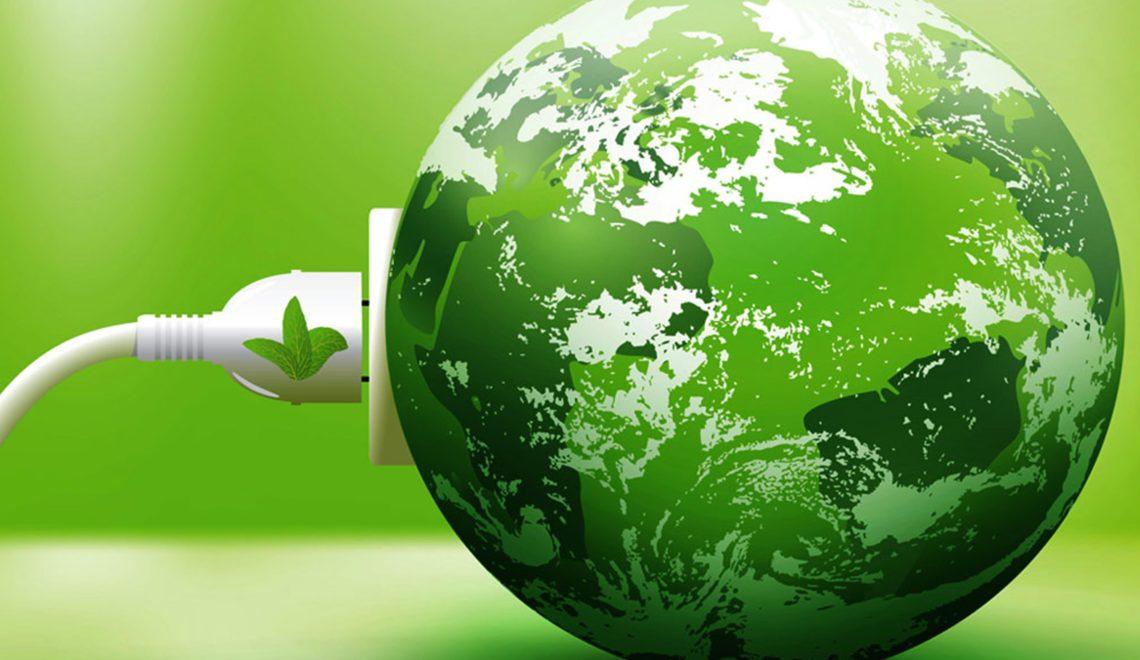In Short : Santos, JX Nippon Oil & Gas Exploration (JX), and ENEOS have entered into a collaboration to advance carbon capture and storage (CCS) initiatives, particularly in support of the Moomba CCS Phase 2 project and Japan’s decarbonization goals. This collaboration aims to contribute to the reduction of greenhouse gas emissions and promote sustainable energy practices.
In Detail : Following the passage of legislation through the Australian parliament to facilitate the cross-border transfer of CO2, Santos is pleased to announce a new agreement with two major Japanese energy companies to collaborate on CCS.
Santos’ plans to expand the Moomba carbon capture and storage (CCS) project and transform the Cooper Basin into a decarbonisation and low-carbon fuels hub have gained further momentum through the agreement.
The signing of a memorandum of understanding (MOU) between Santos, JX Nippon Oil & Gas Exploration Corporation (JX) and ENEOS Corporation (ENEOS) paves the way for a joint feasibility study that will evaluate the potential to capture, transport and sequester emissions from Japan, supporting expansion of the Moomba CCS project.
The aggregation and management of carbon at Moomba would also support Santos’ Energy Solutions low-carbon fuels ambitions and complements current studies with Tokyo Gas and Osaka Gas for potential low-carbon e-methane production in the Cooper Basin. This would facilitate the export of e-methane, made by combining green hydrogen with CO2 obtained from industrial emissions or direct air capture in a circular economy.
The MOU seeks to jointly identify and define commercial and investment opportunities covering the potential importation of up to 5Mtpa of CO2 by 2030, 10Mtpa by 2035 and 20Mtpa by 2040 from Japan to the Moomba CCS project, via either Port Bonython in South Australia or Gladstone in Queensland.
This would potentially provide a large-scale source of CO2 to support Phase 2 of the Moomba CCS project and provide feedstock for future e-methane production. At the same time, this would put South Australia and Santos front and centre in helping Japan to decarbonise its economy.
Santos Chief Executive Officer and Managing Director Kevin Gallagher said the targets set for the study with JX and ENEOS demonstrate the enormous potential of Moomba as a decarbonisation and low-carbon fuels hub, and as an exciting new industry for South Australia.
“If we progress to the next stage, this collaboration could potentially extend the life of the Cooper Basin for another 55 years, keeping it at the centre of a modern Australian energy industry and supporting hundreds of well-paying, skilled and secure jobs for another three generations and beyond.
The first phase of the Moomba CCS project is 75 per cent complete with first injection on track for 2024. Moomba CCS is targeting about US$24 per tonne lifecycle breakeven storage costs which will make it one of the lowest-cost CCS projects globally.
The project will have capacity to store up to 1.7 million tonnes of CO2 per year. That’s equivalent to delivering – every year – more than 25 per cent of the total emissions reduction achieved in Australia’s electricity sector over the past year to March 2023.
“The CO2 target set for 2040 in this study is equivalent to delivering – every year – triple the total emissions reduction achieved in Australia’s electricity sector last year. It also equates to around two-thirds of Santos’ total annual Scope 3 emissions today or almost four times our current annual Scope 1 and 2 emissions – it’s huge,” Mr Gallagher said.
“There is surging demand for carbon abatement technologies as our region strives to meet net-zero ambitions. Australia is in a prime position to drive circular economies using its vast carbon storage and renewable energy resources. This combination will make Australia not only a renewable energy superpower, but we can also be a decarbonisation and low-carbon fuels superpower,” Mr Gallagher said.
Santos’ position in the Cooper Basin with its vast tracts of land, world-class renewable energy resources, strong regulatory framework, depleted oil and gas reservoirs and existing infrastructure, gives us an important competitive advantage in pursing this opportunity.
CCS is a proven technology which could reduce emissions from critical fuels such as LNG and from hard-to-abate sectors such as steel, aluminium and cement. This is good news for customers in Asia who still rely on LNG as a critical energy input to their economies and will do for decades to come.
This MOU builds on and complements recent MOUs with APA and ADNOC as Santos seeks to build out a network of CO2 pipeline and other infrastructure supporting a new carbon capture and storage industry in Australia that could decarbonise not only our domestic economy, but regional economies as well.

